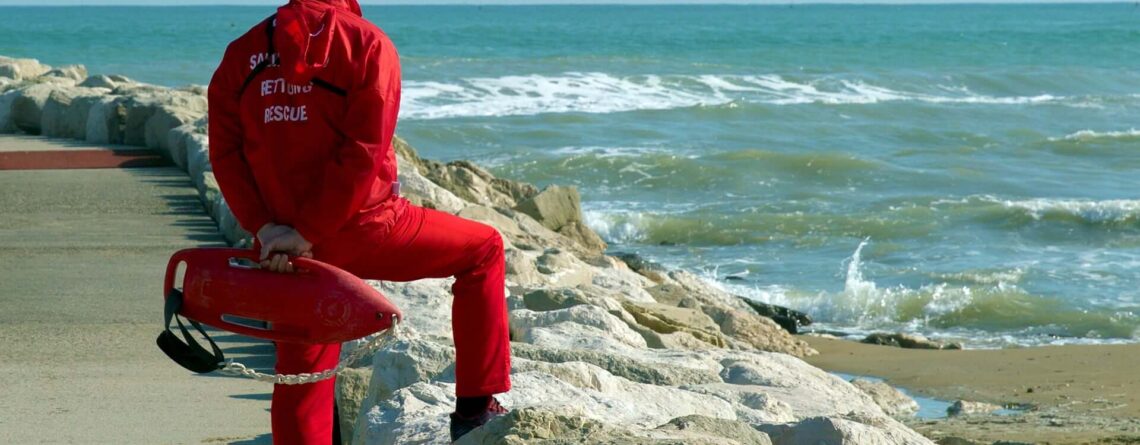Cold plunging is not without risk, so it’s important to follow some basic safety rules. Very cold water draws heat from your body extremely quickly, and once core body temperature drops to around 30°C, the heart can shut down. This makes hypothermia life-threatening – and it can happen faster in cold water than most people realize.
Table of Contents

You should behave accordingly and not extend the time for cold plunges too much, especially as a beginner. Cold plunging is not a competition; you don’t have to prove anything to anyone. Get out if you don’t feel well, it hurts too much, or you are shaking badly.
That doesn’t mean you can’t enjoy the benefits of cold plunging. It simply means you should approach it carefully, listen to your body, and follow some essential precautions.
Health Conditions to Consider
Certain medical conditions require extra caution:
- High blood pressure: Cold plunging can cause a temporary spike in blood pressure, especially at the beginning. If you already have hypertension, consult your doctor first. Relatively many people live with high blood pressure, which has now become a widespread disease (almost 30% of the population is affected).
- Heart and vascular diseases: It is also not a good idea to go into an ice bath tub if you have heart or vascular disease. This is because the blood vessels are under a lot of strain and need to function well, just like your heart, which has to pump a lot more blood through your body. Sometimes there are unrecognized illnesses that you are not even aware of and have not yet been diagnosed. That’s why it makes sense to have all eventualities checked by a doctor you trust.
- Diabetes: Cold plunging is also not recommended for people with severe diabetes. A cold plunge can have a positive effect on insulin levels, but since diabetes varies in type and severity, it’s best to discuss with your doctor whether it’s safe for you.
Because some health problems remain undiagnosed, it’s wise for beginners to check with a trusted healthcare provider before starting cold plunging.
Enter and Exit Slowly
In any case, you should go into the water slowly (this is really important!) and also come out slowly. Otherwise, even a healthy heart can be overwhelmed, and you risk a heart attack. So never jump into the water, you risk a cold shock!
Choose Safe Locations
- Prefer calm waters: Lakes and ponds are usually safer than rivers. These may not be as cold as running water, but you won’t usually have any raging currents. You should also always be careful not to stray too far from the shore and avoid steep banks completely. Especially when you go out, you will feel clammy, your movement will be restricted, and sometimes it might hurt. In this respect, you shouldn’t unnecessarily prolong the time if you’re already planning to get out.
- Beware of currents: Even in lakes and ponds, there are sometimes currents that can sweep you away or prevent you from getting out again quickly.
- Ice safety: If plunging into frozen lakes, never swim under the ice. Disorientation makes it easy to lose your bearings and fail to resurface.
What to Do If You Get Into Trouble
If something does happen to you and you can’t get out of the ice, follow these steps:
- Keep calm and clear head-that’s your best way out of the situation.
- Try to conserve your heat by moving slowly; avoid unnecessary thrashing.
- Draw attention to yourself – call for help if possible.
- Try to get onto solid ice or back to shore quickly. Pull yourself up or roll onto the ice rather than standing upright.
- If the ice breaks, crawl or use your elbows to break through toward the shore.
- Control your breathing and resist gasping for air.
- Never give up, even if it hurts! Persistence can save your life.
Conclusion
Cold plunging can be safe and rewarding when done responsibly. Know your health status, enter the water carefully, choose safe locations, and always respect the risks.
Remember: it’s not a competition. Get out the moment you feel unwell, experience extreme pain, or uncontrolled shivering.










Leave a Reply